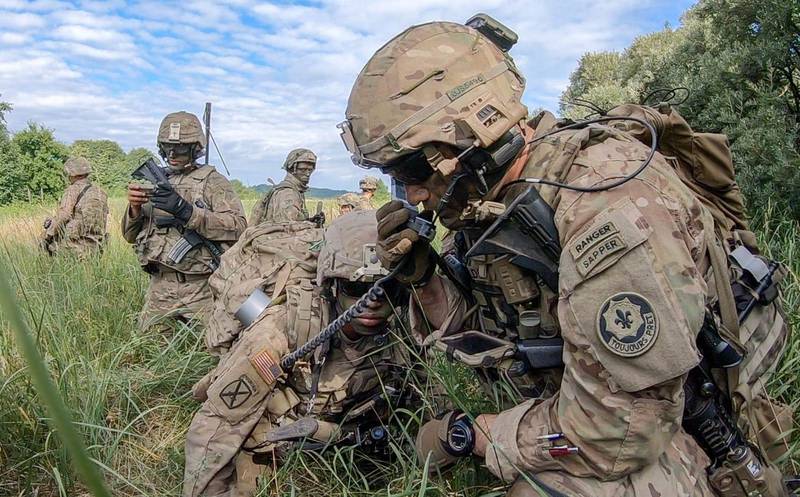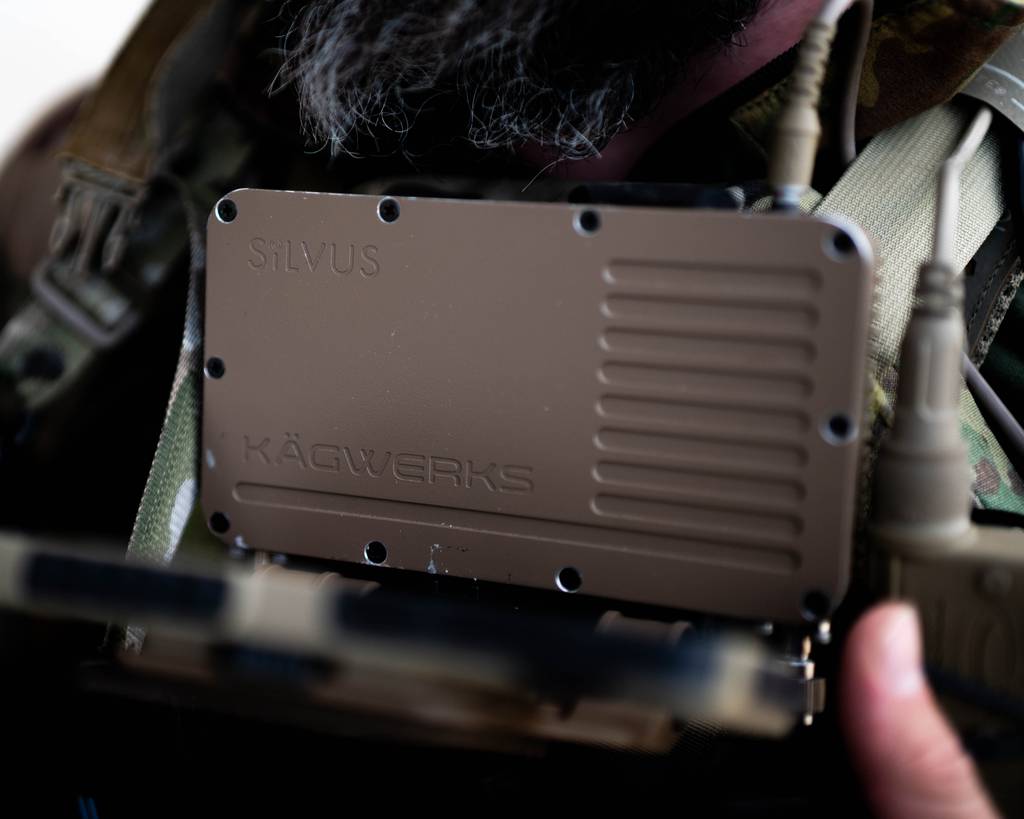Defense contractors Silvus Technologies and Kagwerks unveiled a combination of their products they said will reduce the burden of gear on troops while also streamlining battlefield communications.
The companies on April 16 rolled out their Dismounted Operator’s Combat Kit StreamCaster line of products, which marries a mobile ad-hoc network radio, a ruggedized tablet and a rig that can be worn on the chest for easy access.
Jimi Henderson, a Silvus vice president, described the kit as a “strategic fusion†of the companies’ expertise.
“This collaboration elevates tactical communications, delivering unparalleled connectivity and situational awareness to empower our force in the most demanding environment,†he said in a statement to C4ISRNET.
The U.S. Department of Defense is putting a premium on connectivity and data-sharing as it prepares for potential large-scale fighting across Europe and the Indo-Pacific.
A key piece of that puzzle is the radios troops carry, that are fitted to manned and unmanned vehicles, and how they perform amid electronic harassment. The digital tubes through which information flows will be jeopardized in a fight with Russia or China, defense officials say.
RELATED

Silvus has for years worked with the military, including the Army and its Program Executive Office for Command, Control and Communications-Tactical. PEO C3T develops, deploys and supports networking gear across the service.
The California-based company in January announced a $3.5 million deal with the executive office for StreamCaster radios and expanded operational testing.
“Silvus is delivering on the Army’s integrated tactical network objectives of high bandwidth mesh networking connectivity across multi-domain environments,†Henderson said in a statement at the time. The ITN, as it’s known, aims to simplify and upgrade communication tools used by soldiers.
Working with PEO C3T and the Network Cross-Functional Team, Henderson said, “enables Silvus to continually optimize our tactical communications capabilities to help the Army advance toward their unified network modernization goals.â€
Colin Demarest was a reporter at C4ISRNET, where he covered military networks, cyber and IT. Colin had previously covered the Department of Energy and its National Nuclear Security Administration — namely Cold War cleanup and nuclear weapons development — for a daily newspaper in South Carolina. Colin is also an award-winning photographer.








